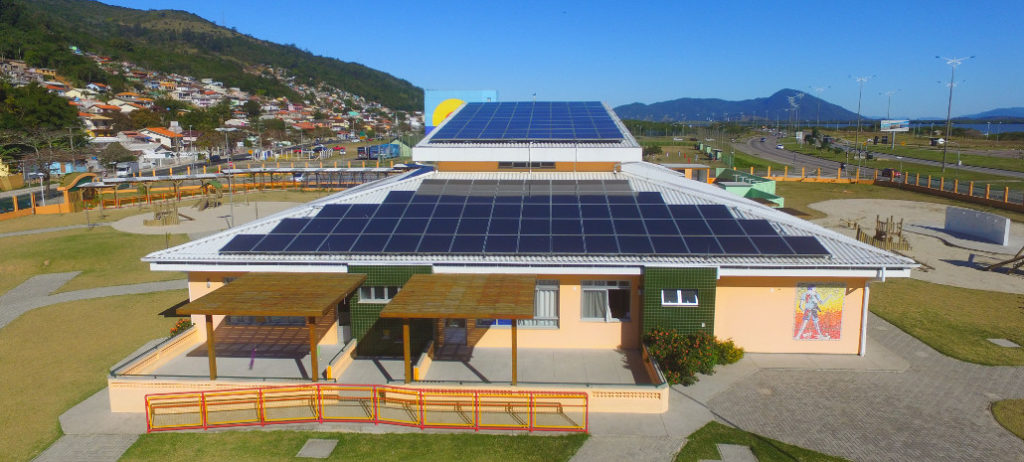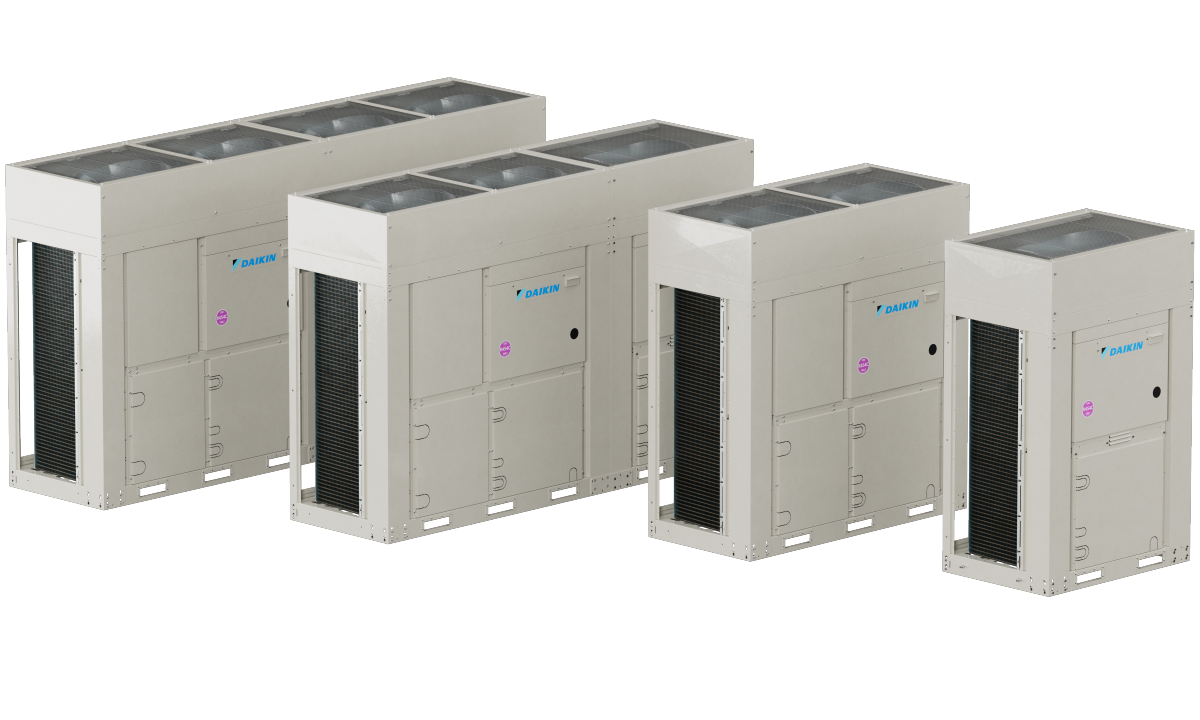The Department of Energy of the Brazilian state of São Paulo has published new and simplified rules for environmental licensing of solar power projects.
The new rules, which are intended to boost the development of PV in São Paulo, were included in a resolution (Resolução 74), which was published in the state’s official journal on August 5.
Under the new regulation, developers of PV projects with a capacity of up to 5 MW, which can be developed under the net-metering scheme, will require environmental approval only if the construction of the installation includes the suppression of native vegetation or the occupation of a protected area.
PV projects ranging in size from 5 MW to 90 MW will have to be submitted to a simplified environmental study, while only solar power projects exceeding 90 MW will have to be filed to the local entity Relatório Ambiental Preliminar (RAP), which requires more complex procedures.
“Electricity generation from solar source is growing in the state, but the governor Geraldo Alckmin wants to give more incentives to a sector, which is providing clean and cheap energy and, at the same times, is contributing to reduce CO2 emissions,” said the secretary of energy and mines, João Carlos Meirelles.
The state of São Paulo is not only the region where most of the country’s economic activities are concentrated, but it is also one of the territories with the highest number of residential and commercial PV systems installed, together with the states of Rio and Minas Gerais, due to its high power prices for residential and commercial customers.
This content is protected by copyright and may not be reused. If you want to cooperate with us and would like to reuse some of our content, please contact: editors@pv-magazine.com.




Turkey brought in regulations that made life much simpler for projects under 1 MW. The result was a proliferation of projects at 999 kW, many IIRC with the same owners. There won’t be many schemes in Sao Paolo with more than 90 MW.